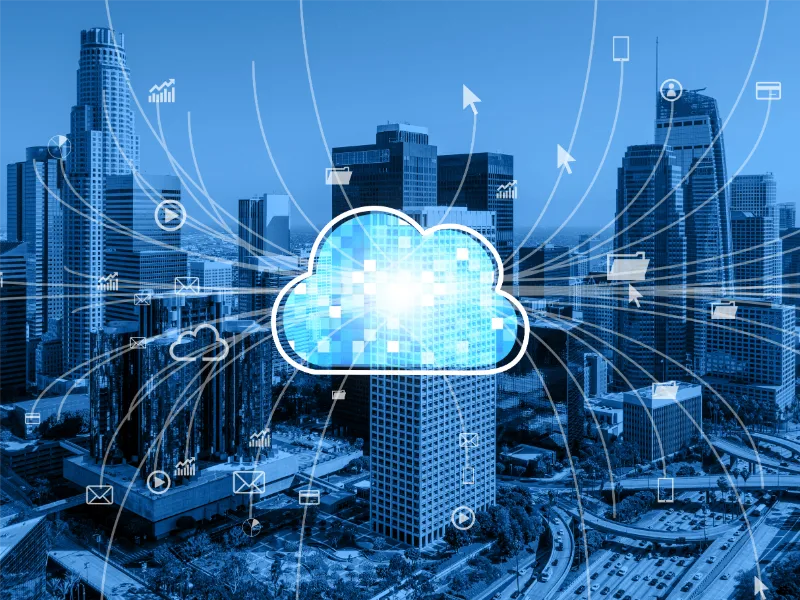- Edge computing refers to a method of processing data close to users and devices.
- Cloud computing is a style of computing in which scalable capabilities are delivered as a service using Internet technologies.
This article will introduce the definition and the relationship between edge computing and cloud computing.
What is edge computing?
Edge computing refers to a method of processing data close to users and devices. This approach minimises latency and bandwidth costs, ensuring fast, scalable digital experiences. The infrastructure for edge computing includes dedicated servers, server networks, and IoT devices, with locations varying widely as the technology continues to develop.
Also read: Navigating security governance in cloud computing (btw.media)
Also read: Cloud computing: Transforming the digital landscape
Also read: Addressing cloud computing vulnerabilities: securing data (btw.media)
What is cloud computing?
Cloud computing refers to a style of computing in which scalable and elastic-IT-enabled capabilities are delivered as a service using Internet technologies. Cloud computing gained prominence as businesses shifted their workloads and applications from centralised on-premises data centres to rented cloud servers and infrastructure provided by cloud platforms. Its popularity persists due to the flexibility it offers in scaling computing resources almost infinitely.
Similarities between edge and cloud computing
1. Highlight advanced applications
In the coming decade, there will be numerous collaborations between edge and cloud computing providers, as more companies expand their offerings to include both edge and cloud services. This trend is driven by the needs of use cases like 5G and autonomous vehicles, which require hybrid environments capable of handling real-time data processing near endpoints and extensive data analytics in centralised locations.
Forrester’s ‘Trend: Cloud Strategies Shift Towards the Edge’ report suggests that the edge will become a prominent hybrid cloud architecture target. This shift enables organisations to leverage voice, image, and video data on a large scale to enhance customer interactions.
2. Make automation accessible
Automation is the future of operations, facilitated by cloud and edge technologies. Telecom companies are already deploying network automation at the edge, while organisations utilising IoT solutions employ autonomous robots and machinery operating at this level. Edge network automation enhances the independence and reliability of autonomous devices. In the telecom sector, network automation is enabled by technologies like 5G and software-defined networking (SDN).
Key differences between edge and cloud computing
1. Speed & Agility
Edge solutions enhance analytical and computational capabilities near data sources, improving responsiveness and application throughput. Well-equipped edge platforms can outperform cloud-based systems in certain scenarios, ideal for applications requiring fast response times. Cloud computing, while less speedy than edge solutions, offers agility with on-demand services and self-service access. It enables rapid innovation and application development by providing advanced infrastructure, substantial computing power, and extensive storage instantly. Cloud platforms empower organisations to innovate, experiment with data, and enhance user experiences efficiently and flexibly.
2. Scalability
In an edge computing ecosystem, scalability must account for device heterogeneity. This is because different devices come with varying performance levels and energy considerations. On the other hand, scalability is one of the key benefits of cloud computing services. Organisations can easily scale up data storage, network, and processing capabilities using an existing cloud computing subscription or in-house infrastructure.

